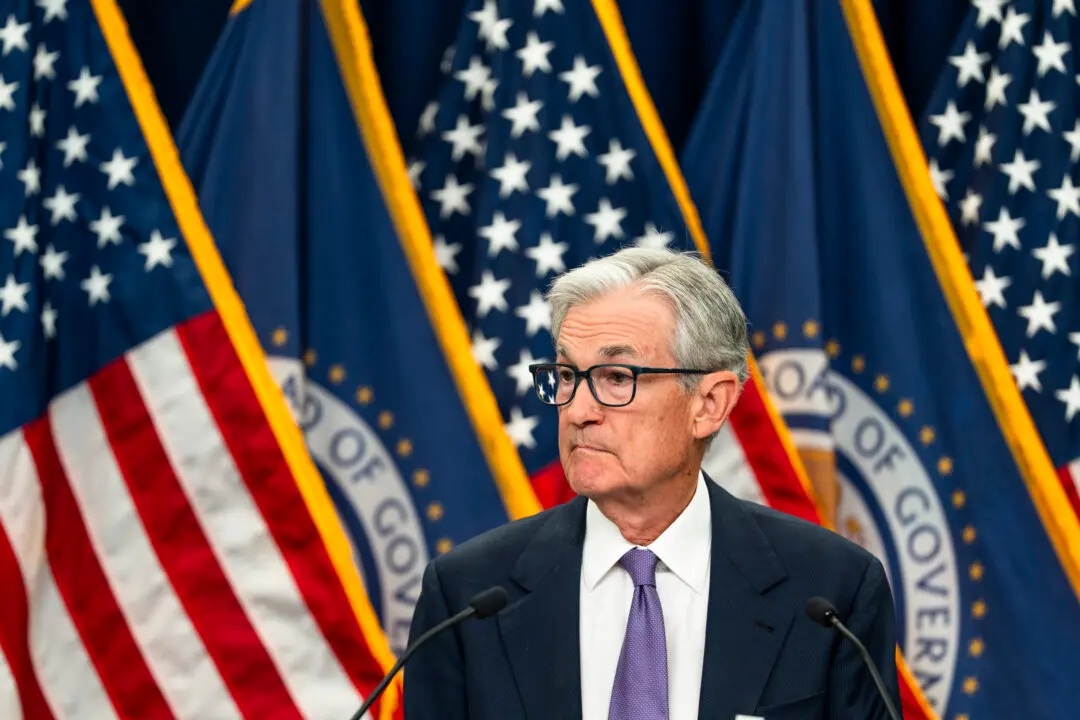Commentary
The Commerce Department reported last Thursday that the preliminary estimate for third-quarter GDP growth was an annual pace of 4.9 percent, due predominately to robust consumer spending. Personal spending last quarter rose at a 4 percent annual pace, the strongest rate since 2021. Rising energy exports helped, causing the trade deficit to decline, boosting GDP. Inventory growth accounted for 1.3 percent of the 4.9 percent growth. Excluding inventories and government spending, GDP growth rose at a 3.3 percent annual pace last quarter.





